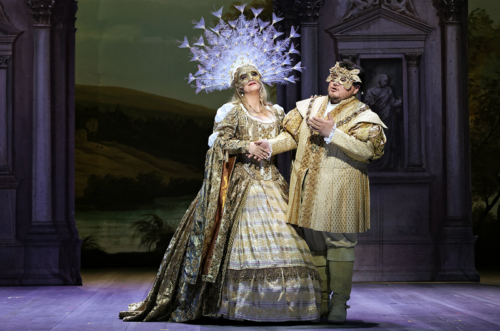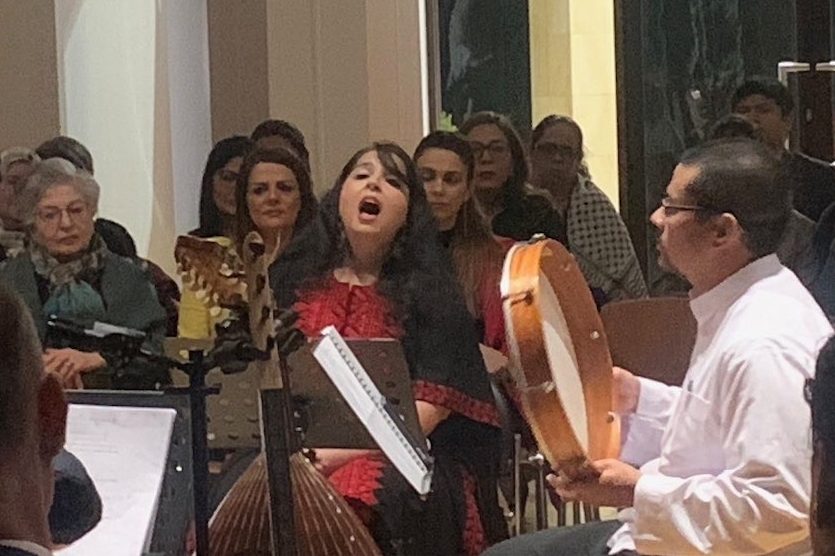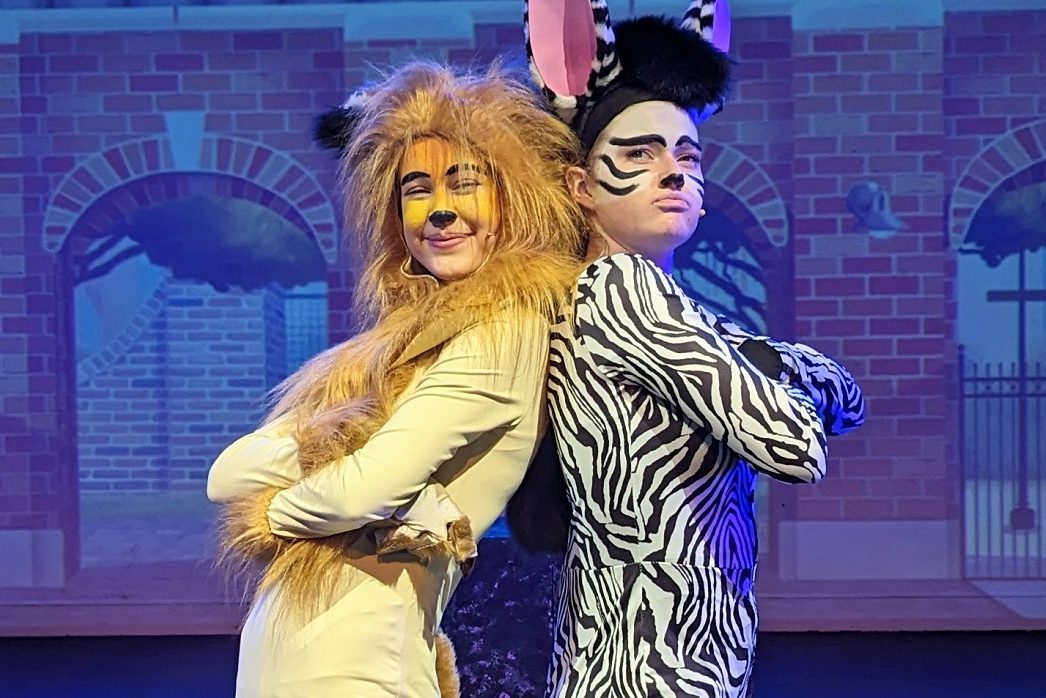
Music / “Ernani”, Italian with English surtitles, Opera Australia and La Scala, Milan, at Sydney Opera House until February 13. Reviewed by HELEN MUSA.
THE stage play “Hernani” was author Victor Hugo’s most notorious “succès de scandale”.
A tale of love, honour and revolution, it also flouted the conservative rules of the Parisian literati when it first hit the stage in 1830, ushering in the era of romanticism.
With its bandit hero and unconventional rectangular love story – three blokes aspire to the hand of the beauteous Elvira – it seemed almost tailor-made for opera and marked Giuseppe Verdi’s fifth opera and first collaboration with librettist Francesco Maria Piave, the man behind the words for “La Traviata”, “Macbeth” and “Rigoletto”.

It is tempting to view “Ernani” as a tired old warhorse, full of operatic cliches and unacceptable (to our taste) behaviour, with an uncle lusting after his niece.
The widely-focused plot is variously about a pair of young lovers, a great emperor in the making, a powerful man who can’t come to terms with his advancing age and, à la Victor Hugo, a cry to revolt against injustice.
In the hope that some of the more glaring excesses might pass unnoticed, this co-production between Opera Australia and La Scala, originally directed by Sven-Eric Bechtolf, has been set up as a play within a play.

A troupe of Opera Australia actors play 19th century barnstormers acting out an early Renaissance story with stage props, ropes and machinery, and a mixture of mixture of Victorian, Elizabethan and even Venetian carnival costumes. Much of the theatrical horseplay involving the actors cavorting around the stage and drawing attention to themselves was superfluous and even embarrassing.
It proved a lot of trouble to go to for slim results and my companion found it completely incomprehensible. I had been alerted to the device in an interview with the soprano Natalie Aroyan so was prepared for it, though unimpressed.
It was an extraordinary investment for such a short season. Rarely have so many hats been seen in an OA production, and rarely have we seen such an expert display of scenic painting, evoking the archways of the Alhambra, the tomb of Charlemagne, and exterior and palace settings, but ultimately the justification for staging “Ernani” is entirely found in the music.

Here we see Verdi flexing his muscles in some of the most magnificent male choruses heard in a long while, performed by an augmented chorus. As the conspirators gathering near the tomb of Charlemagne, they performed in the stand and deliver mode, reminiscent visually of a similar scene in the musical ”Les Miserables”, but with much better music.
Central to the experience was the Opera Australia Orchestra, conducted by Verdi expert Renato Palumbo, who was visibly alive to every new nuance in the score.
As you would expect in a rectangle, there are four splendid singers. Diego Torre as the overly-principled Ernani has a clear, powerful voice, but delivered solos like “As The Flower Turns To The Sun” in a lack-lustre, unfeeling manner.
Natalie Aroyan, as the blonde-wigged Elvira, was dragged around the stage in a suggestion of abuse and performed the aria “Now Sinks The Sun And Silva Does Not Return” with graceful power, but her character remained a cipher. Aroyan’s is a voice better suited to a more complex character than Elvira.
This left the stage to the much more interesting evolving characters.

Baritone Vladimir Stoyanov played Don Carlo, King of Spain subtly, as he transitions from profligate to virtuous Emperor, with a superb ACT III aria, “Oh, The Dreams And Deceits Of My Youth” largely delivered softly, allowing the strings to complete the emotional impact.
But without doubt the evening belonged to the bass Vitalij Kowaljow as Don Ruy Gomez de Silva, power-broker, suitor/uncle to Elvira, and surely a prototype for Rigoletto. Here we see both Verdi and Piave grappling with a much more complex character, capable musically of both great pathos and unremitting cruelty, seen in the Act IV the trio with Da Silva, Elvira and Ernani leading to a protracted death scene.
It was a superb musical evening in all, but the over-egging of the staging left me wondering why they hadn’t simply got on with the practical business of telling a melodramatic tale with gorgeous music.
Who can be trusted?
In a world of spin and confusion, there’s never been a more important time to support independent journalism in Canberra.
If you trust our work online and want to enforce the power of independent voices, I invite you to make a small contribution.
Every dollar of support is invested back into our journalism to help keep citynews.com.au strong and free.
Thank you,
Ian Meikle, editor




Leave a Reply